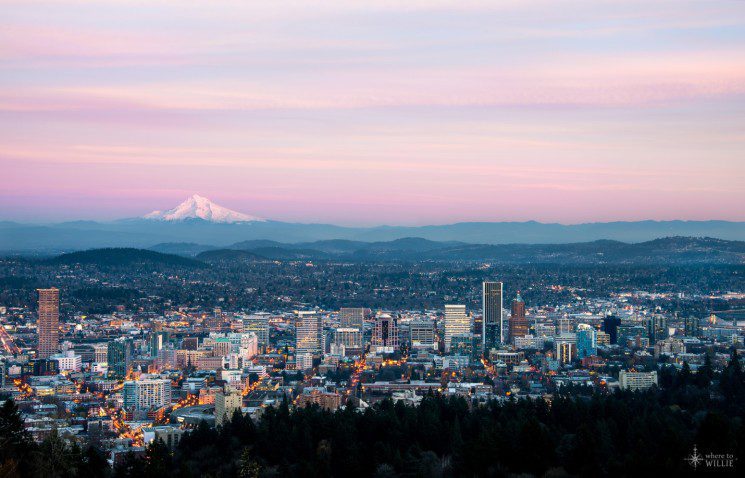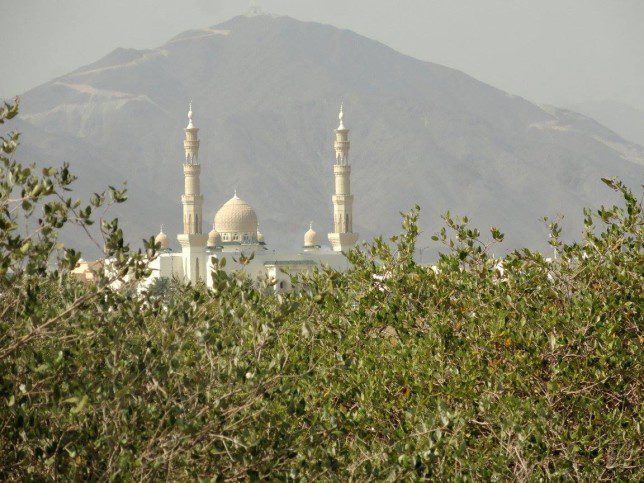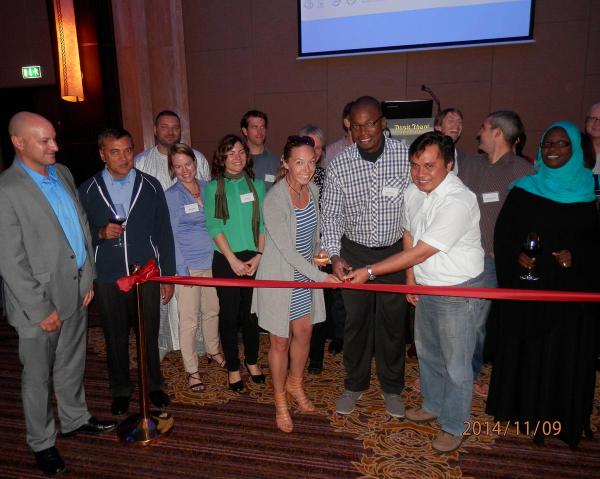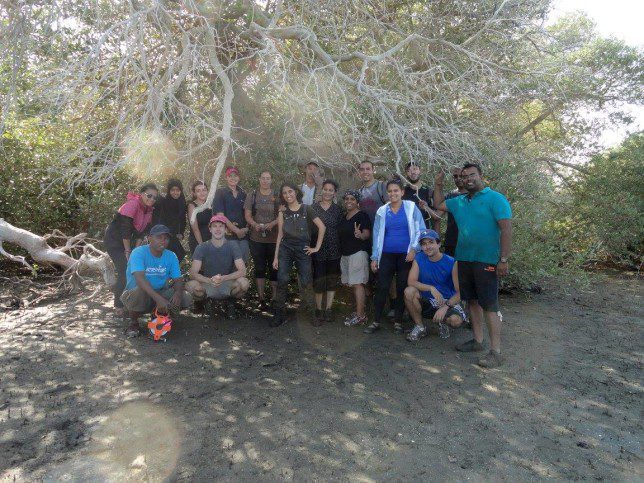[avatar user=”trevor” size=”thumbnail” align=”left” link=”http://blog.blueventures.org/author/trevor/” target=”_blank” /] by Trevor Jones, Geospatial Analyst; Manager Blue Carbon Science, USA
Like the extensive channels of a mangrove ecosystem, it’s been a long and meandering route since I moved to Madagascar in July, 2011 to help establish the Blue Ventures (BV) Blue Forests project. Since beginning this relationship with BV, I’ve found myself stationed in dusty Toliara, secluded Besakoa and lush Ambanja, and more recently, the Integrated Remote Sensing Studio at the University of British Columbia in Vancouver, British Columbia (Canada). As of last September, and after more than eight years living outside of the U.S., I found myself repatriating once more and moving south from Vancouver to Portland, Oregon.
Here in Portland, I maintain what I like to refer to as the BV Pacific Northwest outpost. From this station, I remain closely involved with BV as both Senior Geospatial Analyst and Blue Forests Science Advisor; but also as an Affiliate Faculty member at Portland State University (PSU) (Department of Environmental Science and Management and Dynamic Ecosystems and Landscapes Lab).

The skyline of Portland, Oregon, looking east to Mt Hood (Image from wheretowillie.com)
Admittedly, Portland is a very enjoyable place to live. From the mild (by my standards!) climate to the food carts serving inexpensive tacos, from the highest concentration of breweries anywhere on Earth to the close proximity of a natural wonderland (mountains, glaciers, temperate rainforest and gigantically ancient trees, desert, and the Pacific Ocean).
But being stationed in Portland has also already offered up some exciting opportunities for showcasing BV’s work to a diverse audience, including providing overviews of the Blue Forests project and learning about other closely related work through:
- A United States Forest Service (USFS) Forest Ecology & Management Seminar series
- PSU Research to Action: Symposium on Ecosystem Services
- The Pacific Northwest Blue Carbon Biophysical Technical Team Workshop
- Teaching Science 345: Introduction to Old Growth Forest Ecology and Management. Through this introductory course, I include a mangrove ecosystem unit which used the Blue Forests project as a case study.

They grow them BIG out here! (Image from wilderness.org)
In addition, I’ve had the great pleasure of continuing to help diversify BV’s relationship with Google. This past November, for the second year in a row, I attended the Geo for Good Summit at the sprawling and in many ways wacky yet obviously hyper-productive Google headquarters in Mountain View, California. In addition to seeing (e.g., ball pits, stationary swimming pools) and experiencing (e.g., a slide down one of those slides – yes they do exist) a wide range of bizarre infrastructure; I again walked away from this event utterly impressed with the full scope and range of available tools, but equally, their exciting applications.
- We now have more than 20 stories on the Explore the Ocean layer of Google Earth. Do you have Google Earth? If not, get it here. Once downloaded, under the Layers menu, look for the Ocean Layer. In the drop-down list from the Ocean layer, turn on the Explore the Ocean layer. If you navigate to Madagascar, you will see our stories!
- After months of trekking throughout Madagascar, as Google’s Streetview partner in Madagascar; we are currently reviewing all of the 360° imagery collected and are working towards the launch of this imagery later this year. Streetview is a fantastic opportunity to put some of the remote and beautiful places in which we work on the most viewed map in the word!
Thankfully, not all of my time has been spent at computers far far away from actual blue forests! Late last year, and generously hosted by Environment Agency Abu Dhabi (EAD), I returned to the United Arab Emirates (UAE).

From mangroves, to mosques – BV in the UAE
It was a busy time in the UAE: I attended the Eye on the Earth: Eye on Oceans & Blue Carbon meeting in Abu Dhabi, as well as the kick-off meeting for the UNEP/GEF Blue Forests Project and took part in the Northern Emirates Carbon Survey. Phew! Eye on the Earth: Eye on Oceans focusses on collecting data on oceans and coastal ecosystems and making them useful in the context of management related to climate change. BV has been a partner in these efforts since they began in 2012. It was during this meeting that I had the long overdue pleasure of finally meeting my BV colleague Leah Glass (after literally years of working with her remotely), as well as putting faces to long-recognised names and seeing again many already familiar colleagues.
It was very special to be able to launch the UNEP/GEF Blue Forests Project; this initiative brings together experts on coastal ecosystems from all over the world, and involves BV and Madagascar as one of four methodological proving grounds (the other three being Ecuador, Mozambique and Indonesia).

Opening ceremony of the UNEP/GEF Blue Forests Project, with Leah Glass cutting the ribbon with representatives from the Mozambique and Indonesia intervention sites.
As a follow up to the Abu Dhabi Blue Carbon Demonstration Project, the Northern Emirates Carbon Survey reunited me with my Malagasy colleague Raymond Raherindray, whom I had not seen since leaving Madagascar in June, 2013! Ray and I worked side-by-side with global mangrove expert Boone Kauffman (Oregon State University); supervising field activities and coordinating a diverse team of scientists, students and volunteers representing more than 13 different nationalities!
As we push forward into 2015, I’m thrilled to be nearly four years in to my BV journey; and I hope this first series of chapters marks only the beginning of the book. While facing incredible challenges, we accomplished a great deal during my time in Madagascar but what truly floors me is how much progress we’ve made since then.
I remain incredibly grateful and proud to be a part of this ever-more diverse team of community members, scientists, conservationists, and students. I look forward to all that 2015 (and beyond) will bring; both in terms of the progress being made on the ground in Madagascar, and the many opportunities for sharing our work and exciting collaborations I’ll strive to continue to pursue through being based at the Blue Ventures Pacific Northwest outpost…

Getting muddy with Raymond, Boone Kauffman, and a team of scientists, students and volunteers from around the world at a RAMSAR site in Khor Kalba, UAE

